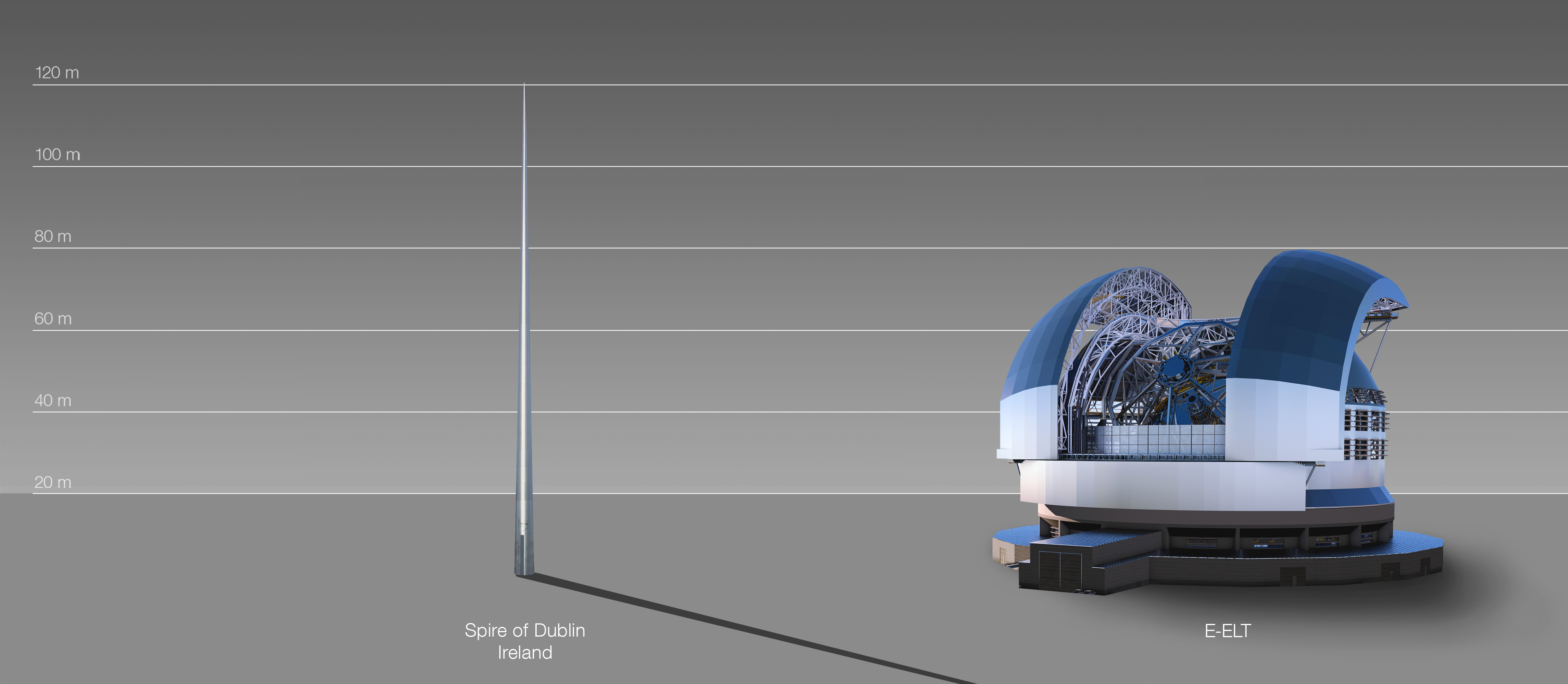


As the base acquires a patina from the Irish climate and the golden polish of human contact, the historical role of bronze in the development of Irish art is carried into the future. The disc incorporates a logarithmic, varying depth spiral profile that follows the original theme of a spire: the past expanding through time into the future. The Spire slips through a cast-bronze disc flush with the surrounding paving without touching it, allowing the public to stand close and touch the Spire’s surface. The mirror polished pattern on the lowest 10 metres around the Spire’s base was derived from studies of the rock strata beneath the site, overlaid with the double helix of DNA. From dusk, the base is gently lit and the tip illuminated to provide a beacon in the night sky over Dublin. During the day its shot-peened surfaces softly reflect the sky and it sways gently in response to the wind. 120 metres high and 3 metres in diameter at the base, the tapering monument rises above O’Connell Street, breaking the roof line with as slender and elegant a movement as is technically possible. The form continues the tradition of standing stones and obelisks. Ian Ritchie Architects’ practice demonstrates a fascination with light, and in particular the idea of the presence and absence of light, in the way light materialises and dematerialises matter and object, and the way light appears and disappears – its fugitive qualities. The Spire was inspired by the ever-changing light and composition of the Irish skies. The monument was the flagship project of a wider improvement of the centre of Ireland’s capital city and replaced Nelson’s Pillar, destroyed by terrorists in 1966.Ĭreating a national monument involved many interested parties, and construction of what is the world’s tallest sculpture was delayed until 2000 because of legal challenges by two other competitors. Ian Ritchie Architects won the international competition for a monument in the centre of Dublin.


 0 kommentar(er)
0 kommentar(er)
